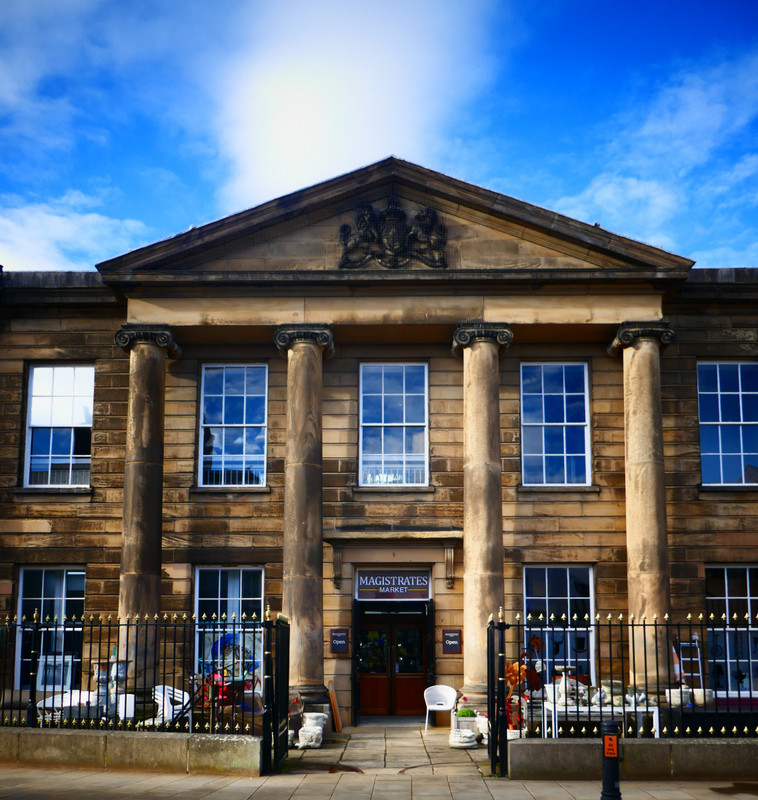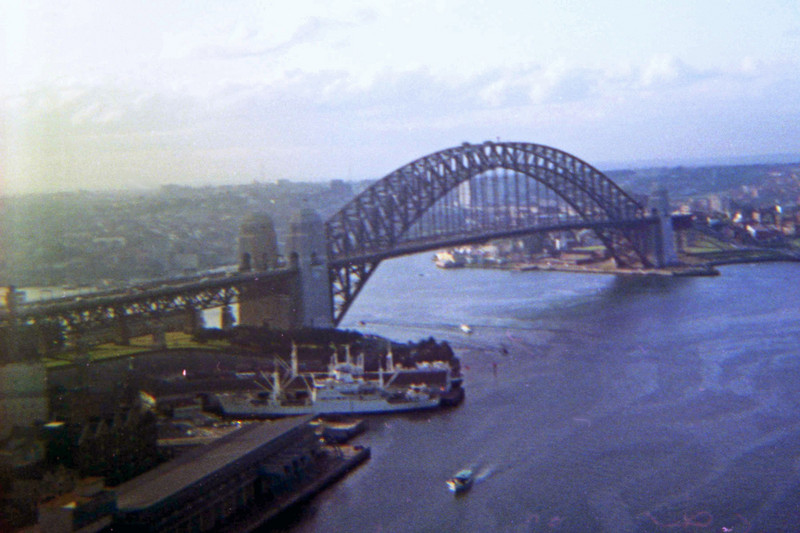I wasnt really planning on being here. A number of decades previously, I had set off on the adventure, otherwise known as a University education and a group of us had decided to meet up in Manctopia to reminisce about our youth for a couple of days. Alas, COVID 19 got in the way of the plan (and just about everything else). The North West is pretty much in local lockdown, so it seemed pointless to expose ourselves to infection rates way above the national average. The 10 pm pub curfew wasnt exactly going to get the party started either. The 2020 intake of students had already hit the headlines. In the national press, it was billed as an illegal gathering in the grounds of Owens Park. A visit from the local Constabulary, fines and musical equipment confiscation ensued. Fake news, as Donald would say. The real story of the location was that it was in the grounds of the adjacent Oak House. Beech Court, no less. Our former 1st Year home. Beech Court was always party central! The place where we all met and launched ourselves headlong into the student existence. Fortunately, our first week wasnt punctuated
by a Police visit or hitting the national press. We put the plan on hold and the ode to south Manchester, M14 and Fallowfield in particular, will hopefully appear at some point in the future. Good times! There is a Manchester connection in my blog from today, but back to that later.
Pontefract sits at the junction of the A1M and M62 motorways. Today, that affords easy access to the employment options in the West Yorkshire conurbation. However, it has been a hub for centuries and was once at the centre of the struggle between Royalists and Parliamentarians as Britain tore itself apart in the Civil War. I arrived late afternoon with just enough time to get inside the Castle. The parking was free, as was the entry. The Old Guardhouse at the entrance was reputedly used as the first Debtors Prison in the country in 1649. The Castle started life in 1070 and sits atop of position overlooking the hinterland. In centuries past, the enemy would have been visible for miles. Today, it affords a great view of the power station at Ferrybridge! The history of the Castle includes Richard II being imprisoned and
dying here in the 14th Century, Queen Catherine Howard using the Castle as her base for adultery which gave Henry VIII the opportunity to move on to wife number 6 and Mary Queen of Scots paying a visit in 1569. The Civil War saw Pontefract at the centre of military operations, as the forces of Cromwell besieged those of King Charles I. The victorious Parliamentary forces gave the order for the Castle to be raised to the ground and the materials sold off. As a result today, there is not a significant amount of the original building remaining. The site had attracted just 2 visitors on this cool, autumn afternoon. The Liquorice Cafe and toilets were closed for additional COVID cleaning. I walked back down the hill, where the remains of an Anglo Saxon church went largely unnoticed by those passing. The All Saints Church below the Castle looks at first glance to be a total ruin. It was also the scene of Civil War fighting. The Royalist deployed 11 cannons to hold off the forces of Cromwell. They in turn fired 60 cannon balls into the structure, so it did well to survive at all. On closer inspection, a
The Castle and environs explored, I set off in the direction of the town centre. The medieval feel of the immediate area soon gave way to a less appealing area. A 1970s block of flats flanked one side of the road with a pub, spared the wreckers ball, by a Domino Pizza outlet. The opposite side housed a Farm Foods, the Pontefract Bus Station and a Spoons. In normal circumstances, I would have sneaked in for a cheap feed later on. I exercised caution and stayed out in the fresh air. The scenery took a turn for the better by the Town Hall. The building is described on the local authority web pages as an architectural jewel.









